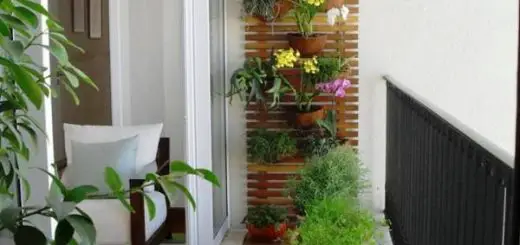The Orchid – A Complete Caring For Guide to Enjoy This Spectacular Flower Indoors
The Phalaenopsis orchid is one of the most popular houseplants in Romania, available in a wide palette (white, yellow, purple, pink and combinations). Its flowers, so delicate and beautifully colored, make it a special present for a loved one. But you should know that orchids require special care compared to other houseplants. In this article about the orchid – a complete caring for guide, you’ll find all the necessary information to keep this plant healthy and blooming all year long.
The orchid is very sensitive to sudden temperature changes and requires good lighting. But it will let you know if it doesn’t sit in a good spot, as it won’t bloom and the leaves will turn yellow and fall.
The orchid – a complete caring for guide. Pot and soil
The orchid needs to grow in a see-through pot, because both its leaves and its roots are involved in the photosynthesis process.
You can change the pot and soil after it stops blooming. That’s when it starts to grow new roots and leaves and requires new soil and nutrients for future flowers.
Like you should do with any houseplant, change the pot in a cooler day, to prevent the roots dehydrating from the heat.
There is special orchid soil with tree bark, the only one providing good drainage, that keeps roots aired and healthy.
The orchid – a complete caring for guide. Placement
The orchid needs a lot of light, but not direct sunshine. Place it in a sunny room facing south, but avoid direct exposure. If it doesn’t get enough light, it dark green colors turn darker, and if the light is too intense, they will turn yellow-red.
Keep the leaves clean, because dust prevents them from getting all the light they need and having a normal growth.
Make sure the pot is not too close to heat sources, because the roots may dry.
If you see spots on the plant’s leaves, it means it is cold, so you should move it in a warmer spot.
The orchid – a complete caring for guide. Watering
Don’t water the orchid abundantly! Use a little water more often, as the roots can easily rot. To make sure you are using the right amount of water, just feel the soil inside the pot. If it’s wet, which is frequent in winter, then don’t water the plant. Don’t leave water in the tray under the pot.
The best way to water the orchid is in the sink, allowing the water to infiltrate in the soil and the excess to drain. You should not use tap water though, because the orchid doesn’t appreciate chlorum.
Don’t water the leaves, and make sure you dry them with a tissue, if water should fall on them.
But you can use a sprayer around the plant to make its environment more humid.
The orchid – a complete caring for guide. Fertilizing
If you want your orchid to bloom during cold season as well, you should help it with some fertilizer, applied in advance, during September – October.
Choose a balanced formula with the N-P-K (nitrogen-phosphorous- potassium) in equal parts, ideally 20-20-20.
You can apply the fertilizer every week, after watering.
The orchid – a complete caring for guide. The cut
As the flowers fade away, you should carefully take them off the stem. When they’re all gone, leave the plant rest for a few days, then cut the stem below two or three knots, right above the next knot. A new stem will grow in two – three weeks time.
Credits: livrarefloribucuresti.ro, decodays.ro, agrointel.ro, libertatea.ro
Photo credits: advancednutrients.com


















